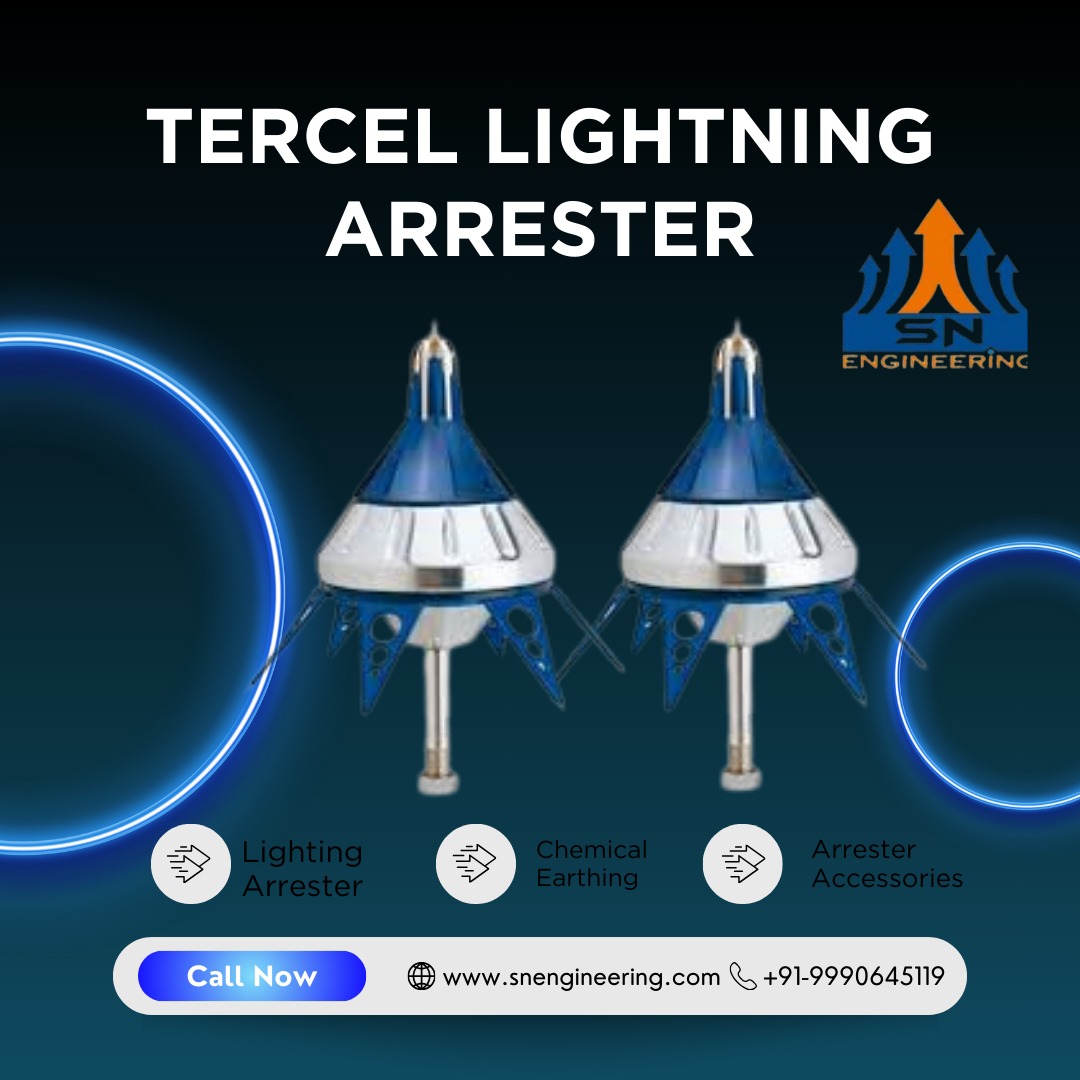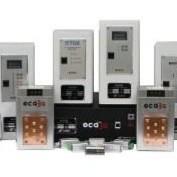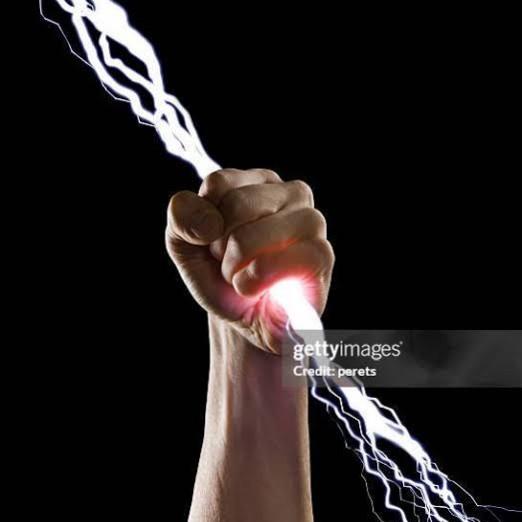
Lightning, a natural phenomenon with immense power, can wreak havoc on structures and electrical systems. To mitigate the potential damage caused by lightning strikes, lightning arresters play a crucial role. In this blog, we will delve into the world of lightning protection and explore the key differences between conventional lightning arresters and the more advanced Early Streamer Emission (ESE) lightning arresters.
Basics of Lightning Arresters
Before diving into the differences, let’s understand the fundamental purpose of lightning arresters. A lightning strike generates a powerful surge of voltage that, if unchecked, can damage the wiring and electrical systems of a facility. Lightning arresters act as a defense mechanism for the power system, diverting these high voltage surges to the ground. The primary goal is to provide a low-impedance path for the lightning strike, allowing it to reach the ground without adversely affecting the structure or its electrical components.
Conventional Lightning Arresters
Structure and Working Principle
Conventional lightning arresters typically consist of Franklin rods strategically placed at elevated points on a structure. The effectiveness of these rods depends on factors such as their position, morphology, materials used, and their reaction to the electrostatic field during a lightning event.
The placement of conventional lightning arresters involves positioning the rods at dominant heights, making them favorable points for lightning strikes. The positive charge rises to the tip of the lightning rod. When a lightning strike occurs, the device allows the lightning leader from the cloud to reach the ground safely through the grounding system. As a result, the current discharge is evenly distributed throughout the ground, protecting the structure.
Characteristics
Conventional lightning arresters have been a reliable method for lightning protection for many years. However, their efficiency depends on factors like proper installation, maintenance, and the specific characteristics of the structure they are protecting.
ESE Lightning Arresters
Early Streamer Emission (ESE) Technology
The key innovation in ESE lightning arresters lies in their Early Streamer Emission technology. These devices are also known as active lightning rods. Unlike conventional lightning rods, ESE lightning arresters are designed to emit a stream of ions into the air.
Working Mechanism
During a storm, when conditions in the propagation field are favorable, an ESE air terminal generates an upward leader. This upward leader, originating from the ESE tip, propagates toward the downward leader from the cloud at an average speed of 1 m/µs. The emission of this early streamer to a lightning event offers a beneficial triggering time compared to a single rod air terminal exposed to the same conditions.
Response Time
One of the significant differences between conventional and ESE lightning arresters is the response time (ΔT). The response time refers to the time taken to ground the lightning strike through the lightning protection system. According to NFC 17-102, the ΔT for an ESE Lightning Arrester should be at least 10μs. This rapid response time is achieved by storing energy from the ambient electromagnetic field or static charges at the time of the lightning.
Protection Radius
ESE lightning arresters have the advantage of covering a larger radius compared to traditional lightning arresters. This broader protection radius is a critical factor, especially in scenarios where extensive coverage is required.
Comparative Analysis
Speed of Response
The most notable distinction between conventional and ESE lightning arresters is the speed of response. ESE lightning arresters, with their early streamer emission technology, can detect and respond to lightning strikes more rapidly than their conventional counterparts. The ability to emit streamers earlier provides an added layer of protection by intercepting lightning before it gets too close to the protected structure.
Coverage Area
ESE lightning arresters excel in protecting larger areas. The broader protection radius makes them ideal for applications where extensive coverage is essential, such as in open spaces, sports grounds, or solar parks. This characteristic makes ESE lightning arresters a cost-effective solution for lightning protection in scenarios where traditional lightning rods might fall short.
Triggering Mechanism
Conventional lightning rods rely on their elevated position to attract lightning strikes. In contrast, ESE lightning arresters are more proactive. They create a path for lightning by emitting ions into the air, providing an earlier triggering mechanism. This proactive approach contributes to their faster response time and enhanced effectiveness.
Standards and Testing
Both conventional and ESE lightning arresters need to adhere to specific standards to ensure their reliability and performance. Testing protocols, such as
Keywords
ΔT
NFC
1 m
blog
10μs
world
layer
havoc
cloud
storm
Basics
wiring
device
result
energy
ESE tip
ability
factors
contrast
reaction
facility
advantage
placement
streamers
materials
scenarios
morphology
many years
structures
efficiency
open spaces
solar parks
performance
maintenance
power system
applications
crucial role
larger areas
primary goal
Coverage Area
larger radius
Franklin rods
upward leader
average speed
immense power
sports grounds
powerful surge
key innovation
static charges
elevated points
same conditions
key differences
critical factor
lightning event
ESE) Technology
positive charge
reliable method
downward leader
lightning leader
ESE air terminal
dominant heights
grounding system
potential damage
Working Mechanism
Testing protocols
elevated position
current discharge
lightning strikes
Working Principle
defense mechanism
propagation field
low-impedance path
extensive coverage
proactive approach
specific standards
electrical systems
natural phenomenon
high voltage surges
electrostatic field
rapid response time
proper installation
fundamental purpose
protected structure
notable distinction
Comparative Analysis
faster response time
electrical components
active lightning rods
ESE Lightning Arrester
enhanced effectiveness
significant differences
single rod air terminal
cost-effective solution
specific characteristics
ESE) lightning arresters
broader protection radius
conventional counterparts
beneficial triggering time
traditional lightning rods
conventional lightning rods
lightning protection system
earlier triggering mechanism
ambient electromagnetic field
traditional lightning arresters
advanced Early Streamer Emission
Early Streamer Emission technology
Conventional Lightning Arresters Structure




